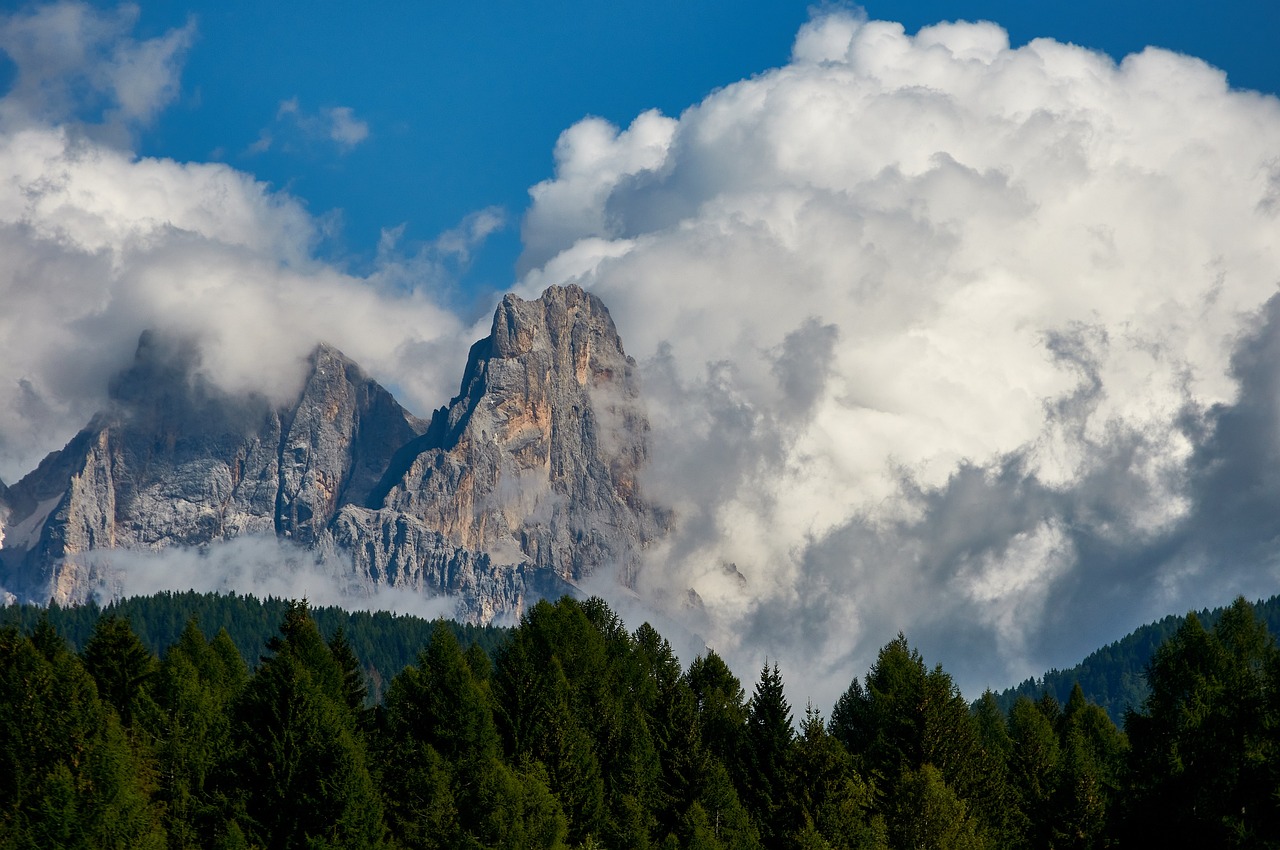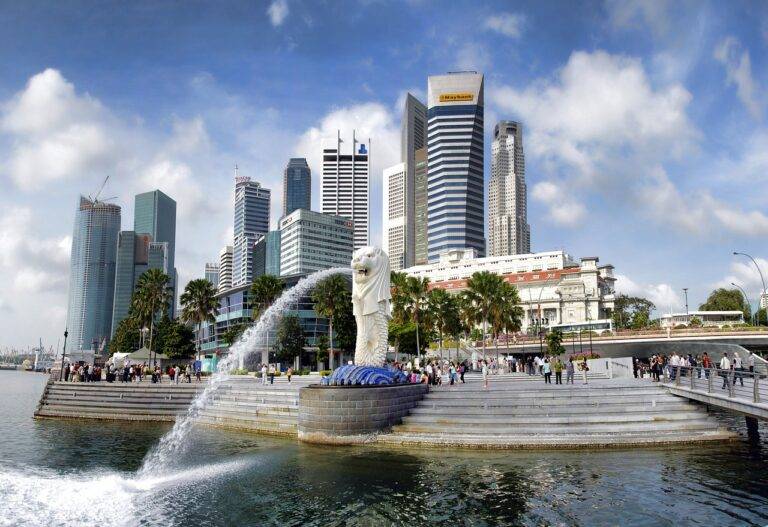Sustainable Ski Resorts: Eco-Friendly Practices in Winter Tourism
The winter tourism industry plays a critical role in many economies worldwide. Each year, millions of tourists flock to snowy destinations to engage in various winter activities, such as skiing, snowboarding, and ice skating. These tourists not only contribute to the local economy by spending money on accommodation, food, and recreational activities but also create job opportunities for locals in the tourism sector.
Furthermore, the winter tourism industry often boosts the visibility and popularity of a destination, attracting more visitors throughout the year. Many winter resorts also offer a range of amenities and services, including luxury accommodations, fine dining options, and spa facilities, to cater to the diverse needs and preferences of their clientele. The industry’s ability to adapt and innovate continually ensures that it remains a vibrant and attractive sector for both tourists and businesses.
Impact of Ski Resorts on the Environment
Ski resorts have undeniably transformed natural landscapes into thriving hubs of winter tourism. The development of infrastructure, deforestation for ski runs, and increased traffic have all taken their toll on the environment.
The construction of ski resorts often involves significant earth-moving activities, leading to soil erosion and disruption of wildlife habitats. Additionally, the artificial snowmaking process requires extensive water usage and energy consumption, contributing to the depletion of local resources and increased greenhouse gas emissions.
How do ski resorts impact the environment?
Ski resorts can have a significant impact on the environment due to deforestation for ski runs, habitat destruction, water pollution from grooming machines, and carbon emissions from transportation and energy use.
What are some ways ski resorts are trying to reduce their environmental impact?
Ski resorts are implementing sustainable practices such as using renewable energy sources, reusing and recycling materials, implementing water conservation measures, and protecting wildlife habitats.
How can visitors to ski resorts help reduce the environmental impact?
Visitors can reduce their environmental impact by carpooling or taking public transportation to the resort, using eco-friendly ski gear, disposing of waste properly, and supporting resorts that prioritize sustainability.
Are there any certifications or programs that ski resorts can participate in to promote environmental sustainability?
Yes, there are certifications such as the Sustainable Slopes Program and the ISO 14001 environmental management standard that ski resorts can participate in to demonstrate their commitment to sustainability.
How do ski resorts contribute to local economies despite their environmental impact?
Ski resorts generate revenue for local businesses, provide jobs for residents, and attract tourists who spend money on accommodations, dining, and recreational activities, contributing to the local economy.





